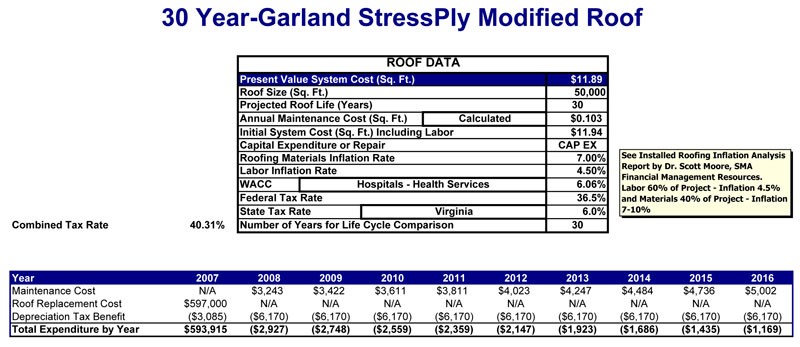How To Calculate Required Rate Of Return
Post on: 1 Июнь, 2015 No Comment

The required rate of return (RRR) is a component in many of the metrics and calculations used in corporate finance and equity valuation. It goes beyond just identifying the return of the investment, and factors in risk as one of the key considerations to determining potential return. The required rate of return also sets the minimum return an investor should accept, given all other options available and the capital structure of the firm. To calculate the required rate, you must look at factors such as the return of the market as a whole, the rate you could get if you took on no risk (the risk-free rate of return ), and the volatility of the stock or the overall cost of funding the project. Here we examine this metric in detail and show you how to use it to calculate the potential returns of your investments. (For background reading, check out FYI On ROI: A Guide To Return On Investment .)
Discounting Models
One particularly important use of the required rate of return is in discounting most types of cash flow models and some relative value techniques. Discounting different types of cash flow will use slightly different rates with the same intention — finding the net present value .
Common uses of the required rate of return include:
- Calculating the present value of dividend income for the purpose of evaluating stock prices
- Calculating the present value of free cash flow to equity
- Calculating the present value of operating free cash flow
Equity, debt and corporate expansion decisions are made by placing a value on the periodic cash received and measuring it against the cash paid. The goal is to receive more than what you paid. In corporate finance, the focus is on the cost of funding projects compared to the return; in equities, the focus is on the return given compared to the risk taken on.
Equity and Debt
In equities the required rate of return is used in various calculations. For example the dividend discount model uses the RRR to discount the periodic payments and calculate the value of the stock. Finding the required rate of return can be done by using the capital asset pricing model (CAPM).
The CAPM will require that you find certain inputs:
- the risk free rate (RFR)
- the stock’s beta
- the expected market return.
Start with an estimate of the risk free rate. You could use the current yield to maturity of a 10 year T-bill — let’s say it’s 4%.
Then, take the expected market risk premium for this stock. This can have a wide range of estimates. For example, it could range between 3% to 9%, based on factors such as business risk. liquidity risk. financial risk. Or, you can simply derive it from historical yearly market returns. Let’s use 6%, rather than any of the extreme values. Often, the market return will be estimated by a brokerage, and you can just subtract the risk-free rate. (Learn how to calculate the risk premium and why academic studies usually estimate a low. Check out The Equity-Risk Premium: More Risk For Higher Returns and Calculating The Equity Risk Premium .)
Last of all, get the beta of the stock. The beta for a stock can be found on most investment websites. To calculate beta manually, use the following regression model:














